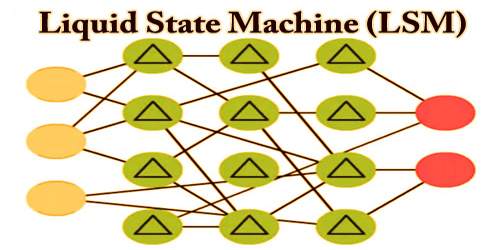Researchers from The University of Texas at Dallas and Oklahoma State University have invented a novel terahertz imager microchip that can detect and generate images through fog, smoke, dust, and snow.
The group is developing a gadget for industrial applications that require imaging from a distance of up to 20 meters. The technology might also be used in cars to assist drivers and autonomous vehicle systems in navigating through hazardous conditions with limited visibility.
The technique may, for example, show pixelated edges and forms of objects such as another vehicle or pedestrians on an automotive display.
“The technology allows you to see in vision-impaired environments. In industrial settings, for example, devices using the microchips could help with packaging inspections for manufacturing process control, monitoring moisture content, or seeing through steam. If you are a firefighter, it could help you see through smoke and fire,” said Dr. Kenneth K. O, professor of electrical and computer engineering and the Texas Instruments Distinguished University Chair in the Erik Jonsson School of Engineering and Computer Science.
The imaging method was announced by Yukun Zhu, a doctorate candidate in electrical engineering, on 21st February 2022 at the virtual International Solid-State Circuits Conference, sponsored by the Institute of Electrical and Electronics Engineers (IEEE) and its Solid-State Circuits Society.
O and his team of students, researchers, and partners have been working on the breakthrough for more than 15 years. The TI Foundational Technology Research Program is funding this latest initiative.
Another breakthrough result enabled through innovations that overcame fundamental active-gain limits of CMOS is that this imaging technology consumes more than 100 times less power than the phased arrays currently being investigated for the same imaging applications. This and the use of CMOS make consumer applications of this technology possible.
Dr. Kenneth K. O
“TI has been part of the journey through much of the 15 years,” said O, who is director of the Texas Analog Center of Excellence (TxACE) at UT Dallas. “The company has been a key supporter of the research.”
From pixels the size of a grain of sand, the microprocessor emits radiation beams in the terahertz region (430 GHz) of the electromagnetic spectrum. The beams pass through fog, dust, and other obstructions that optical light cannot pass through, bounce off things and return to the microchip, where the signal is picked up by the pixels to generate images.
The terahertz imager contains a microchip and a reflector that increases imaging distance and quality while lowering power consumption without the usage of external lenses.
The imager was created utilizing complementary metal-oxide semiconductor (CMOS) technology by the researchers. The imager is economical because this type of integrated circuit technology is utilized to produce the majority of consumer electronics gadgets.
O’s group was one of the first to demonstrate the viability of CMOS technology, and they’ve since worked on a range of novel applications.
“Another breakthrough result enabled through innovations that overcame fundamental active-gain limits of CMOS is that this imaging technology consumes more than 100 times less power than the phased arrays currently being investigated for the same imaging applications. This and the use of CMOS make consumer applications of this technology possible,” said O, a fellow of the IEEE.
TxACE is supported by the Semiconductor Research Corp., TI, the UT System, and UT Dallas.
“UT Dallas and Oklahoma State continue to discover technological innovations that will help shape the future,” said Dr. Swaminathan Sankaran, design director, and Distinguished Member Technical Staff at TI Kilby Labs.
“What Dr. O and his research team were able to accomplish was truly remarkable with this terahertz monostatic reflection-mode imager work. Their research paves a path for improved raw angular resolution and low-power, cost system integration, and we are excited to see what applications and use cases this terahertz imaging technology will lead to.”
















